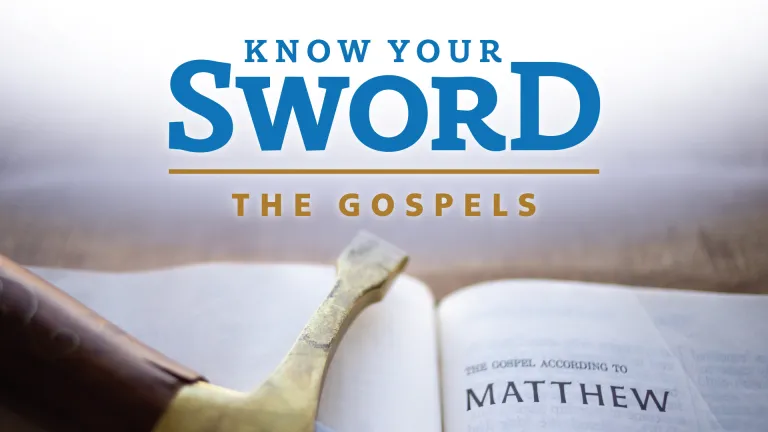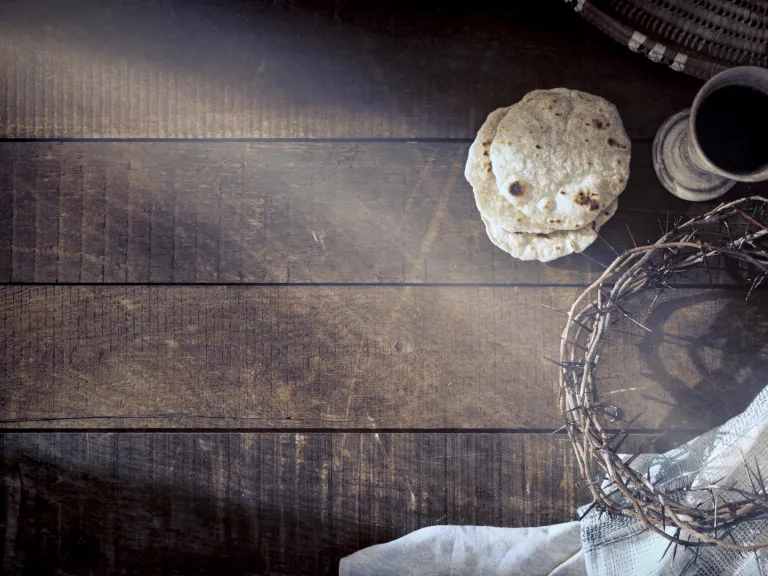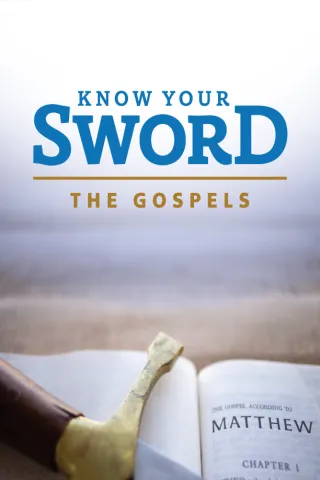Gospels Part 007

Jesus Christ, at His last meal with His disciples, commanded His friends and followers to remember Him in a specific way. Although He had earlier warned them of His approaching death (John 12:32-33), they found that certainty hard to accept. Yet, less than 24 hours later Jesus would be dead, His body hastily entombed and His disciples shocked, confused and scattered. At that last meal, Jesus Christ told His disciples to eat bread and drink wine as symbols of His body and blood . . .
“. . .When He had given thanks, He broke [the bread] and said, ‘Take, eat; this is My body which is broken for you; do this in remembrance of Me.’ In the same manner He also took the cup [of wine] after supper, saying, ‘This cup is the new covenant in My blood. This do, as often as you drink it, in remembrance of Me’“ (1 Corinthians 11:24-25).
When we partake of the bread and wine, are we merely following a tradition? Does this ceremony have meaning for us in our era? How important is it that we understand the meaning of the Christian Passover?
It is vital that we understand the intent behind Jesus Christ’s commands concerning the Passover. Christ said that unless we (symbolically) eat His flesh and drink His blood, we have no life in us (John 6:53). It is that important.
Once each year, on the anniversary of the night on which one of Jesus’ own disciples betrayed Him, Christians should recall and contemplate the meaning of Christ’s death through the observance of the Passover service (1 Corinthians 11:26). Paul told the Corinthian members that “Christ, our Passover, was sacrificed for us” (1 Corinthians 5:7).
The Passover service commemorates the death of Jesus Christ. By participating in the service, we personally proclaim the death of our Savior (1 Corinthians 11:26). We acknowledge that His dying paid the death penalty for us (Ephesians 5:2).
While the “blood” and “body” of Christ refer to the same sacrifice, Jesus Christ shows there is a clear distinction in the meaning attached to each of the two words. Representing that differentiation are the two specific symbols: bread and wine. Let’s examine the special significance of Christ’s body and blood as represented by the two simple, unadorned aspects of the observance.

Jesus Christ’s body a sacrifice
Let’s first understand the meaning of the bread.
“As they were eating, Jesus took bread, blessed and broke it, and gave it to the disciples and said, ‘Take, eat; this is My body’" (Matthew 26:26).
The body of Jesus became an offering for sin, for:
“we have been sanctified through the offering of the body of Jesus Christ once for all. And every priest stands ministering daily and offering repeatedly the same sacrifices, which can never take away sins. But this man . . . offered one sacrifice for sins forever . . . for by one offering He has perfected forever those who are being sanctified” (Hebrews 10:10-14).
Our partaking of the Passover bread indicates that we understand that Jesus Christ has put away our sin by the “sacrifice of Himself” (Hebrews 9:26). He willingly consented to suffer an excruciating death for us. His blood was not swiftly shed; He was tortured many hours before He died. He bore in His body the physical suffering caused by sin.
Under the first covenant the sacrifice of animals for sin by the Levitical priesthood could not remove the guilt of the ancient Israelites. Those sacrifices just reminded them of their sinfulness and were only types (analogous) of the one future sacrifice that could remove all the transgressions of repentant sinners.
However, those animal sacrifices helped the Israelites understand how serious sin is in the sight of God. How much more should the sacrifice of the Son of God for the sins of the whole world help us to understand that sin has brought nothing but tragedy and suffering on mankind. Jesus had to endure intense suffering for our sake.
“Surely He has borne our griefs and carried our sorrows; yet we esteemed Him stricken, smitten by God, and afflicted. But He was wounded for our transgressions, He was bruised for our iniquities; the chastisement for our peace was upon Him, and by His stripes we are healed. All we like sheep have gone astray; we have turned, every one, to his own way; and the LORD has laid on Him the iniquity of us all” (Isaiah 53:4-6).
At the Passover service, when we eat the bread that symbolizes the broken body of Jesus Christ, we should remember and deeply appreciate why He had to offer His body to be beaten and abused as a sacrifice for us. He was “smitten,” “afflicted,” “wounded” and “bruised” for our transgressions.
Why did Christ have to die?
Why was it necessary for Jesus to die that our sins could be forgiven? Sin is the violation of God’s law of love. Through our disobedience, we all have sinned and fallen short of the glory of God (Romans 3:23). The wages of sin is death. We earned the death penalty because of our sins (Romans 5:12; Romans 6:23).
Paul explained the principle of a righteous man who would give up his own life as a replacement for one who is guilty (Romans 5:6-8). We would all be destined for the finality of death had someone not paid the penalty for our sins. Christ substituted His death for ours. His sacrifice became the payment for our sins.
By living a sinless life and dying for us, Jesus took on Himself the penalty that we ourselves should have had to pay. Jesus Christ died in our stead so we could share life with Him forever.
The Passover bread also reminds us of the close relationship Christians have with Jesus Christ, resulting in a new way of life. After transforming five loaves of bread and two fish into enough food for a crowd of multiple thousands (John 6:5-14), Jesus was followed by crowds seeking Him for the wrong reasons—they wanted a free meal (John 6:26).
“Do not labor for the food which perishes, but for the food which endures to everlasting life . . .” He told them (John 6:27).
“ . . . My Father gives you the true bread from heaven. For the bread of God is He who comes down from heaven and gives life to the world . . . I am the bread of life. He who comes to Me shall never hunger, and he who believes in Me shall never thirst” (John 6:32-35).
Speaking of the future Passover symbols of the bread and wine picturing His body and blood, Jesus Christ said, “Whoever eats My flesh and drinks My blood has eternal life, and I will raise him up at the last day . . . [he] abides in Me, and I in him” (John 6:54-56).
In Romans 6:1-6, Paul shows that once we are symbolically united with Christ in death through baptism, “we should no longer be slaves of sin” but “should walk in newness of life.”
The bread we eat at Passover demonstrates our commitment to live in Christ and allow Him to live in us. The apostle Paul described this commitment in Galatians 2:20:
“I have been crucified with Christ; it is no longer I who live, but Christ lives in me; and the life which I now live in the flesh I live by faith in the Son of God, who loved me and gave Himself for me.”
Paul understood that controlling his own life was no longer important. His relationship with Jesus Christ, surrendering his life to the One who had willingly given His life for Paul, was now far more important to him.
The apostle John described this relationship very succinctly:
“Now by this we know that we know Him, if we keep His commandments. He who says, ‘I know Him,’ and does not keep His commandments, is a liar, and the truth is not in him. But whoever keeps His word, truly the love of God is perfected in him. By this we know that we are in Him. He who says he abides in Him ought himself also to walk just as He walked” (1 John 2:3-6).
The Passover bread reminds us that Jesus Christ, the true “bread of life,” must also live in us, making it possible for us to walk in newness of life, living just as He lived.
© Scott Ashley, 2025. All rights reserved.



